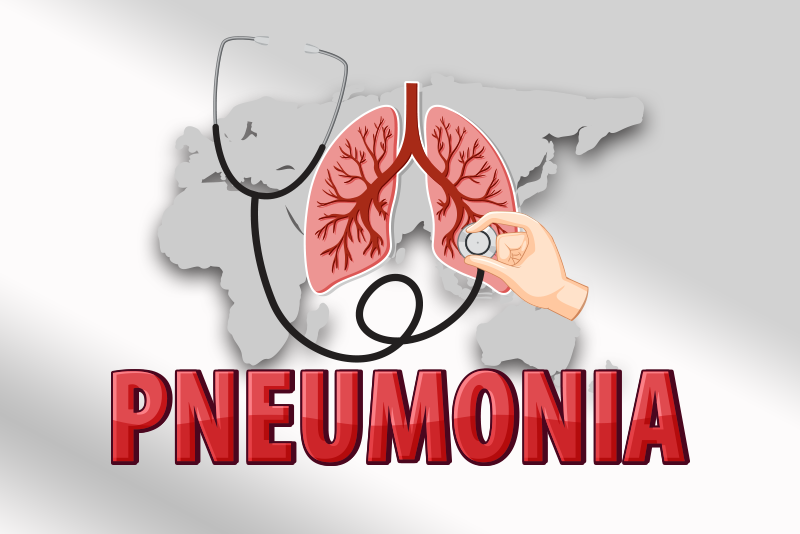Pulmonary hypertension (PH can occur at all ages, including children. This article discusses the symptoms of the condition and the ICD-10 codes to report it.
One of the most common type cardiovascular diseases in the United States, pulmonary hypertension (PH) occurs when high blood pressure affects the blood vessels leading from the heart to the lungs (pulmonary arteries). Cardiologists and other specialists need to know the specific medical codes to report the PH diagnoses and treatment as well as the payer claim filing requirements. Billing and coding for cardiac conditions is much easier with the help of a professional medical billing company.
Pulmonary hypertension can occur at all ages, including children, and rate of incidence increases with age. The condition is more common among women and people age 75 years and older. PH occurs when certain changes in the cells that line the pulmonary arteries cause the walls of the arteries to become stiff, swollen and thick. The increased blood pressure levels in the arteries cause the lungs to become narrow (or constrict) or blocked. This slows blood flow through the lungs and blood pressure in the lungs increases. The heart must work harder to pump blood through the lungs, and the increased strain eventually weakens the heart muscle, ultimately resulting in heart failure.
If left untreated, PH can slowly get worse and damage the heart, causing life-threatening complications. Although there is no cure for certain types of pulmonary hypertension, treatment can help reduce the severity of symptoms and improve the quality of life.
Factors that increase the risks for PH include – a family history of the condition, obesity, use of illegal substances, congenital heart problems, and other medical conditions such as HIV infection, chronic liver disease (cirrhosis) and connective tissue disorders (scleroderma, lupus, etc).
Symptoms
There are different types of pulmonary hypertension – Pulmonary Arterial Hypertension (PAH), chronic thromboembolic pulmonary hypertension (CTEPH), PH caused by lung diseases, PH due to left-sided heart disease and PH that occurs due to numerous other metabolic, systemic, or hematologic disorders. Signs and symptoms may be common across all types of PH and include:
- Chest pressure or pain
- Swelling (edema) in the ankles, legs and eventually the belly area (abdomen)
- Shortness of breath (dyspnea), initially while exercising and eventually while at rest
- Fatigue
- Fast pulse or pounding heartbeat (palpitations)
- Dizziness or fainting spells (syncope)
- Blue lips and skin (cyanosis)
These symptoms of develop slowly and may not be noticeable for months or even years. However, as the disease progresses, symptoms become worse. Early diagnosis and treatment can ease symptom severity.
Diagnosis
Early detection of pulmonary hypertension can be challenging as it is not commonly identified during routine physical examinations. Even in more advanced stages, the signs and symptoms of pulmonary hypertension can resemble those of other heart and lung conditions.
To diagnose pulmonary hypertension, a healthcare provider will conduct a thorough physical examination and evaluate the symptoms. They will likely inquire about medical and family history to gather relevant information.
Additionally, blood tests and imaging studies are usually conducted to aid in the diagnosis of pulmonary hypertension. Common diagnostic tests include – Echocardiogram, Electrocardiogram (ECG), Chest X-ray and right heart catheterization. In certain other cases, physicians may suggest other additional tests like – Computerized tomography (CT) scan, Magnetic resonance imaging (MRI), Polysomnogram, Ventilation/perfusion (V/Q) scan, Pulmonary function test, Open-lung biopsy and genetic tests to check the condition of the lungs and pulmonary arteries. These tests help assess the functioning of the heart and lungs, providing valuable insights for an accurate diagnosis.
ICD-10 Codes for Pulmonary Hypertension
Diagnosis and treatment must be reported using the right medical codes. The ICD-10 diagnosis codes for pulmonary hypertension include –
- I27 – Other pulmonary heart diseases
- I27.0 – Primary pulmonary hypertension
- I27.1 – Kyphoscoliotic heart disease
- I27.2 – Other secondary pulmonary hypertension
- I27.20 – Pulmonary hypertension, unspecified
- I27.21 – Secondary pulmonary arterial hypertension
- I27.22 – Pulmonary hypertension due to left heart disease
- I27.23 – Pulmonary hypertension due to lung diseases and hypoxia
- I27.24 – Chronic thromboembolic pulmonary hypertension
- I27.29 – Other secondary pulmonary hypertension
- I27.8 – Other specified pulmonary heart diseases
- I27.81- Corpulmonale (chronic)
- I27.82 – Chronic pulmonary embolism
- I27.83 – Eisenmenger’s syndrome
- I27.89 – Other specified pulmonary heart diseases
- I27.9 – Pulmonary heart disease, unspecified
Treating Pulmonary Hypertension (PH)
The pulmonary hypertension (PH) is treated with medications, which improve symptoms and slow the progression of the disease. Medications for PH include Blood vessel dilators (vasodilators), Endothelin receptor antagonists, High-dose calcium channel blockers, soluble guanylatecyclase (SGC) stimulator, and Anticoagulants and Diuretics. However, if medications fail to control the symptoms of PH, surgery will be recommended. Surgical options include atrial septostomy (open-heart surgery to create an opening between the upper left and right chambers of the heart (atria) to relieve the pressure on the right side of the heart) and lung or heart-lung transplantation
Medical billing and coding for pulmonary conditions can be complex. To ensure accurate and timely claim submission, healthcare practices can outsource their medical billing and coding tasks to a professional pulmonary medical billing company that provides the services of AAPC-certified coding specialists.








Leave a Reply